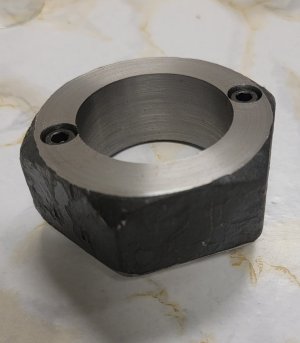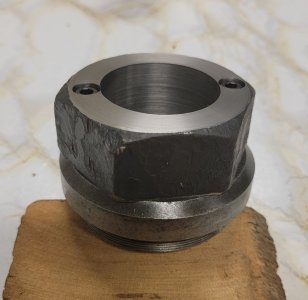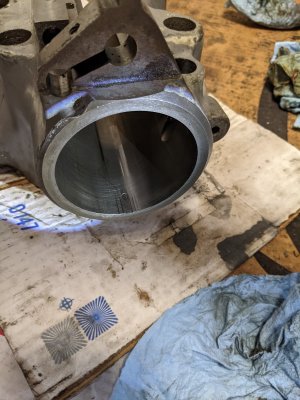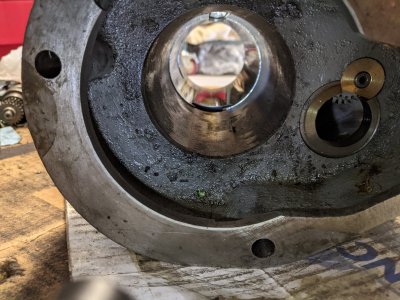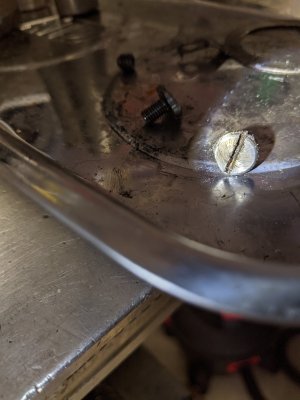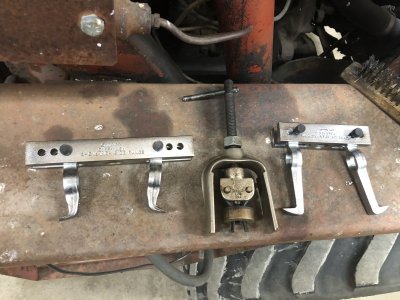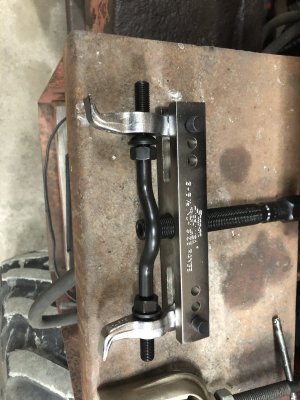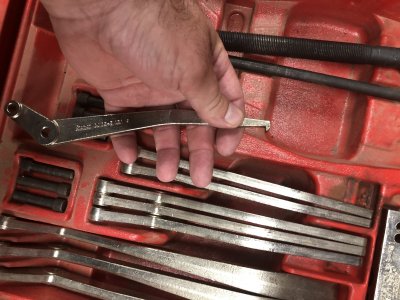historicalarms
Ultra Member
You mentioned this before.
My nose cap DOES NOT HAVE a set screw AGAINST THE THREADS. The set screw has a particular spot on the nose cap threads that it is designed to fit into. It is a recessed pocket in the threads of the quill. Here is a photo.
View attachment 16040
For now, I have a sharpie mark on the nose cap so I know where the recess is so I can align it with the set screw on the quill. I will put a punch mark there after I decide which mill to keep.
I totally agree with your concern though. It bothers the daylights out of me to tighten any lock screw against any threads too. And no offense intended, but I don't like the lead ball approach either.
Any time I have ever encountered that, I have tried to design something to do the same thing without the screw mashing against threads. I've been doing this with my stuff for over 40 years. Ever since the first time I got seriously bitten by this design flaw. And that's what I call it - a design flaw. Set screws should NEVER engage in the threads of anything!
My favorite method is to use split rings where I can. These are basically a regular lock ring with a split in it. The split is then drilled side-to-side and then tapped for a small Allen screw which draws the split together tightening the lock ring in place.
Here is an example. The original lock ring on the right and the replacement on the left.
View attachment 16042
Of course you can't really do that with the nose cap. But I'm fine with the recessed pocket for the set screw.
Ahh yes the old RCBS loading die rings. My first experience with buckshot between the grub screw & threads, Actually I have die sets from the early 60's that me old man used and he was ham handed as anybody with a wrench of any kind....If it was tight another 1/2 turn wouldn't hurt...The treads on those dies are still like new.
There is a couple of bugaboo to those split rings, they work excellent on any single stage C-press where access is free but one any rotary press with a tool head where space is at a premium those damn dies always adjust to where the ring grub screw is inaccessible LOL. And also the hexagon locking rings some die makers use, would not work well being split-ring.
All-in-all I would still consider the lead buckshot a viable solution to any grub screw-thread engagement.


